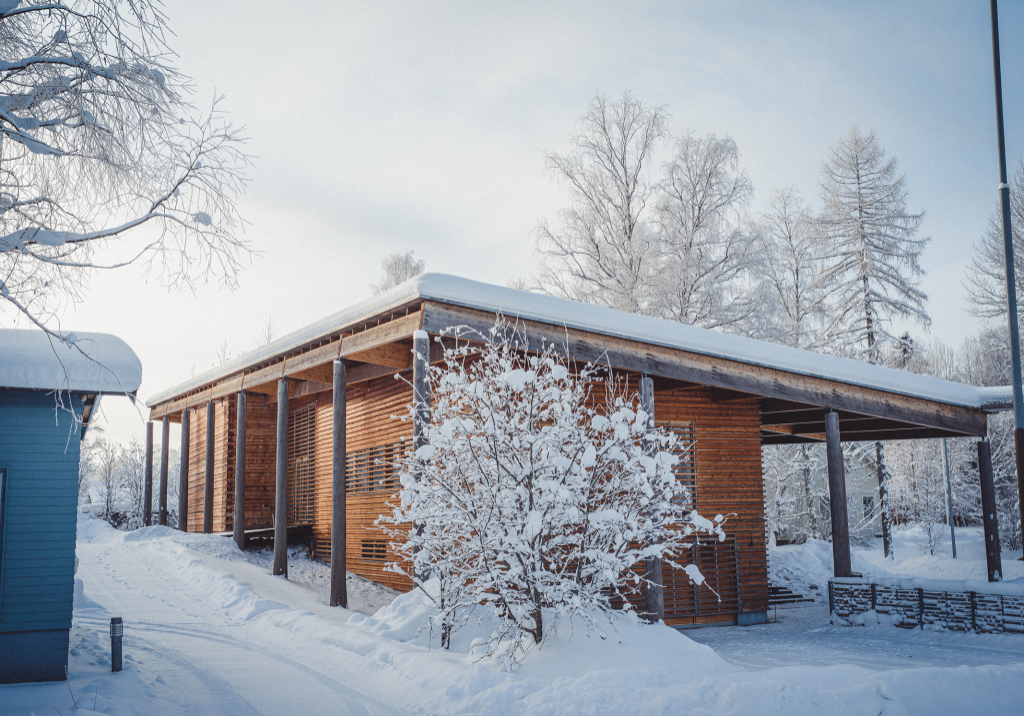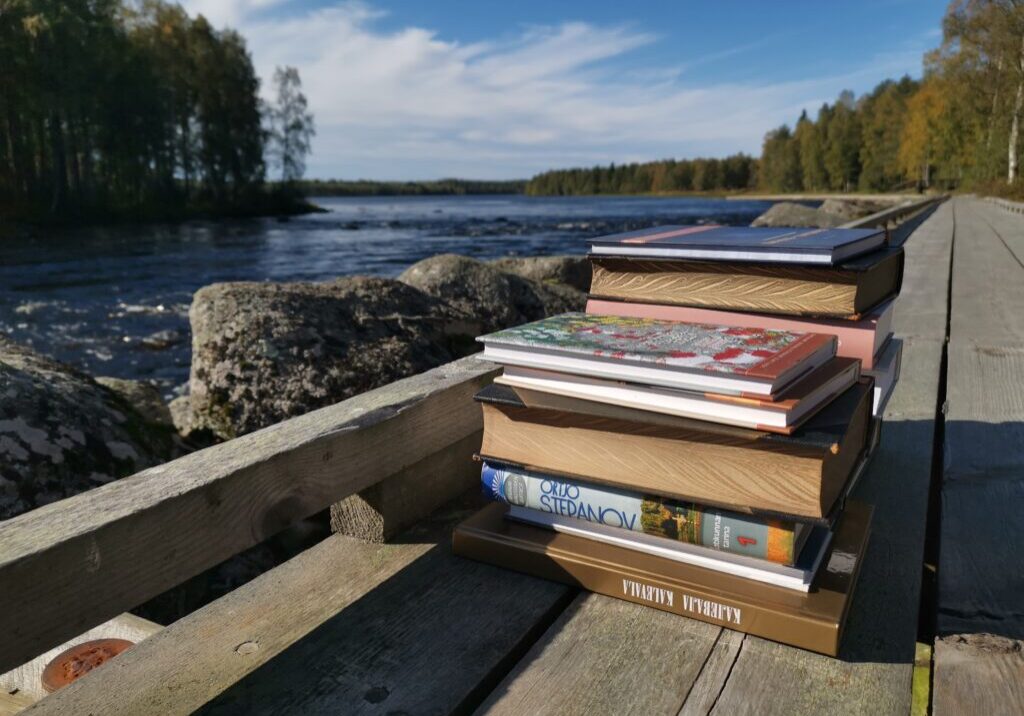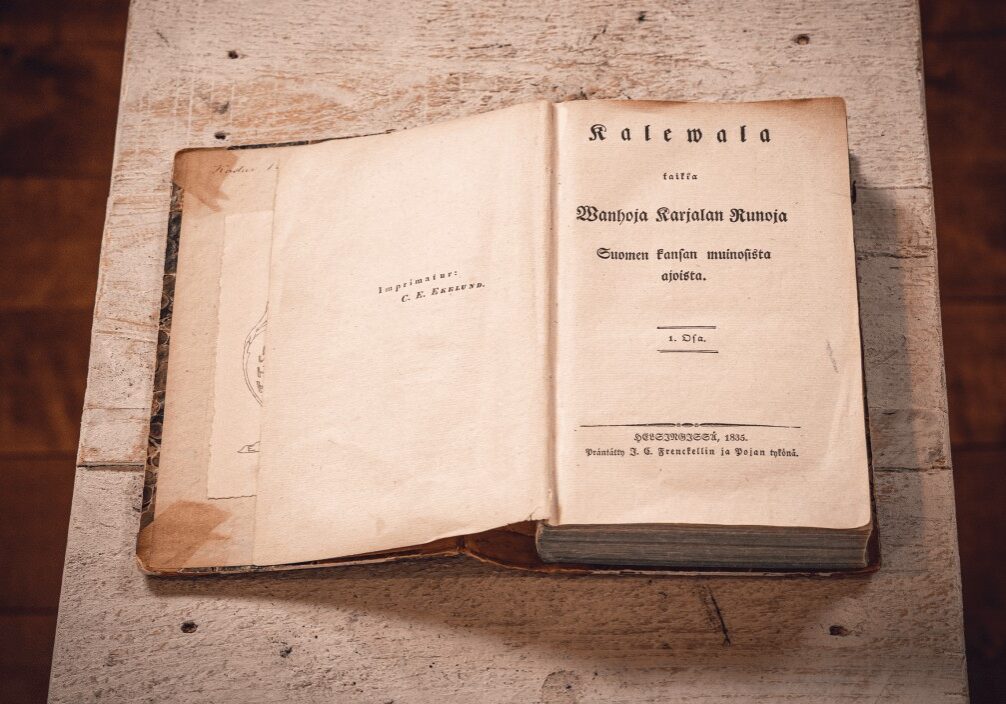Vepsians
The Vepsians belong to the Finno-Ugric languages and they are closely related to Finnish. Vepsians live mainly in the vicinity of Ääninen and Ladoga, in the Republic of Karelia, and in the Leningrad and Vologda regions. The Veps language is the oldest of the Baltic-Finnic languages and close to the ancient Finnish.

Vepsians in the world
Although Vepsians are nowadays a minority, they gave a lot to the world, e.g. Kiži churches.
Old Russian chronicles from the 9th century tell how the Vepsians together with the Russians and the Bulgarians founded the Russian Empire. The Vepsians lived at the confluence of the rivers and were therefore great traders, e.g. during the Viking Age. Then, when the Russians began to call all Baltic-Finnic people Chuds, the Vepsians disappeared from the world map for hundreds of years. The linguist A. J. Sjögren “rediscovered the Vepsians” in the 1820s.
Veps written language
The written Veps was born after the Russian Revolution: some magazines were published, textbooks were made and fiction appeared. During Stalin's persecution years, all the printed texts in Veps were burned. It was only after perestroika, in the 1980s, that the written Veps was systematized. Thanks to the enthusiasm of the patriots, the first ABC-book in Veps was printed though in Cyrillic. At the same time, however, the Vepsian female thinkers started to create the official written Veps using the Latin alphabet, which suited better to the pronunciation. The rise of the Veps literature had began.
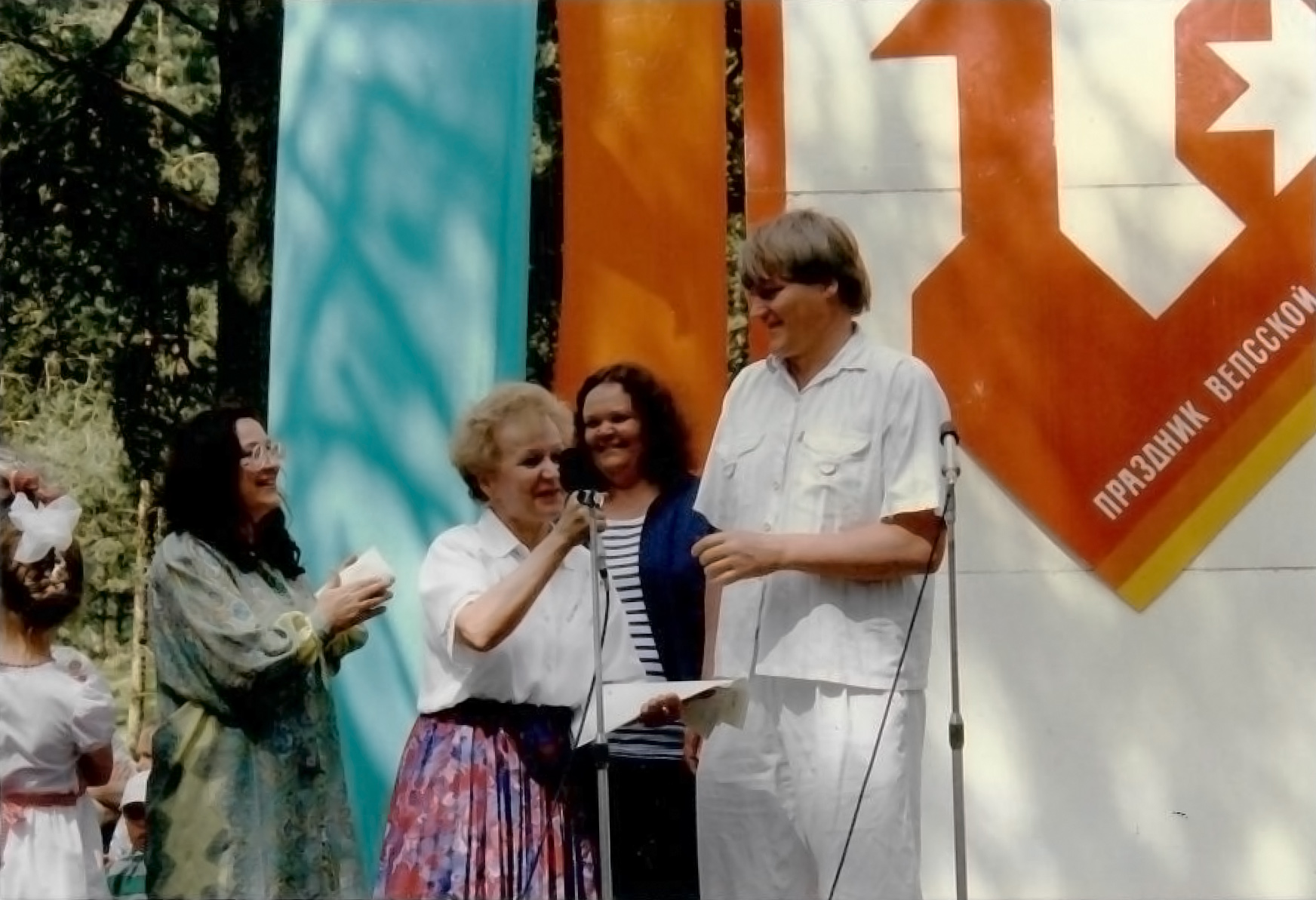
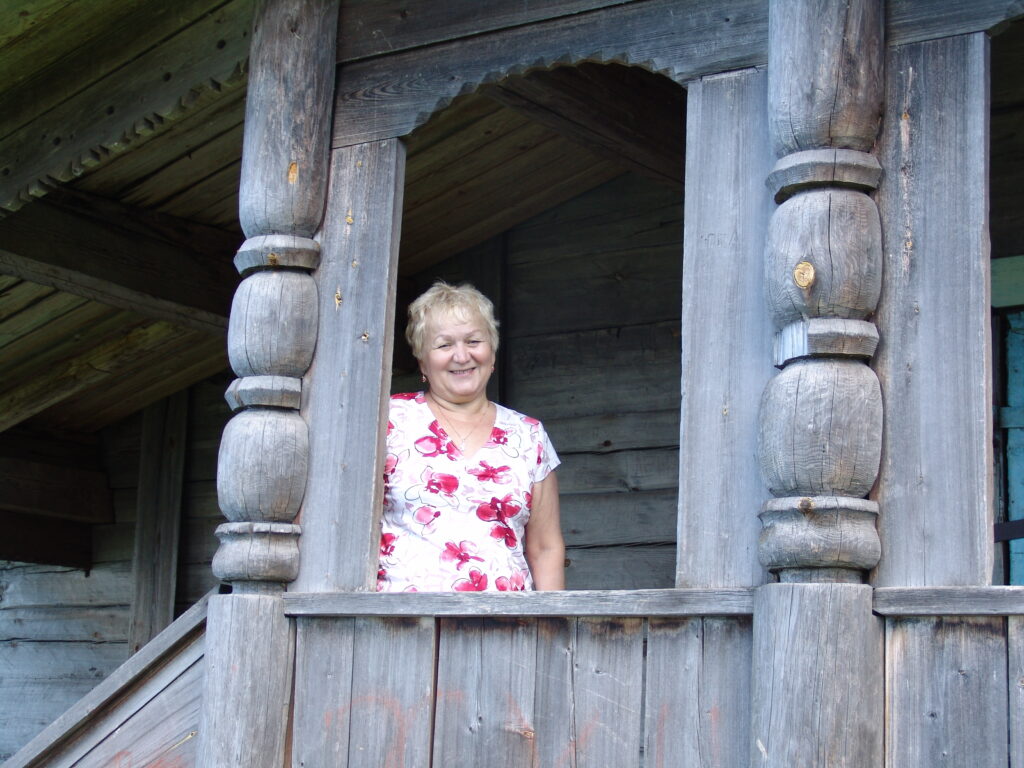
Vepsian significant characters
The linguist, writer and translator Nina Zaitseva can be considered the mother of the written Veps. She was key figure in that the process that resulted in the creation of the written Veps after the perestroika. Nina is the Director of the language department at the Institute of Language, Literature and History of the Karelian Science Center. She contributed to the birth of the Vepsian Cultural Society and the Vepsian newspaper Kodima being its first long-term editor-in-chief. In addition to numerous textbooks, dictionaries, and poetry collections, she translated the New Testament (2006) and other books of the Bible into Veps. In 2012, she published the epic of Veps, Virantannaz, based on Vepsian folk poetry and mythology. She translated the Kalevala into Veps (2021).
Vepsian significant characters
Zinaida Strogalshtshikova not only contributed to the birth of the Veps Cultural Society but has worked as its long-term Chairman. She played a significant role in the creation of the Vepsian identity. She strove for a stronger contact among the Vepsians living in different areas. Her research on the history of the Veps has laid the foundations for the Vepsian cultural and linguistic awareness. She worked in the Presidential Office of the Parliament of the Republic of Karelia as well as in the United Nations as High Commissioner for Minorities. She can therefore be considered the highest representative of the Vepsians at a state and international level.
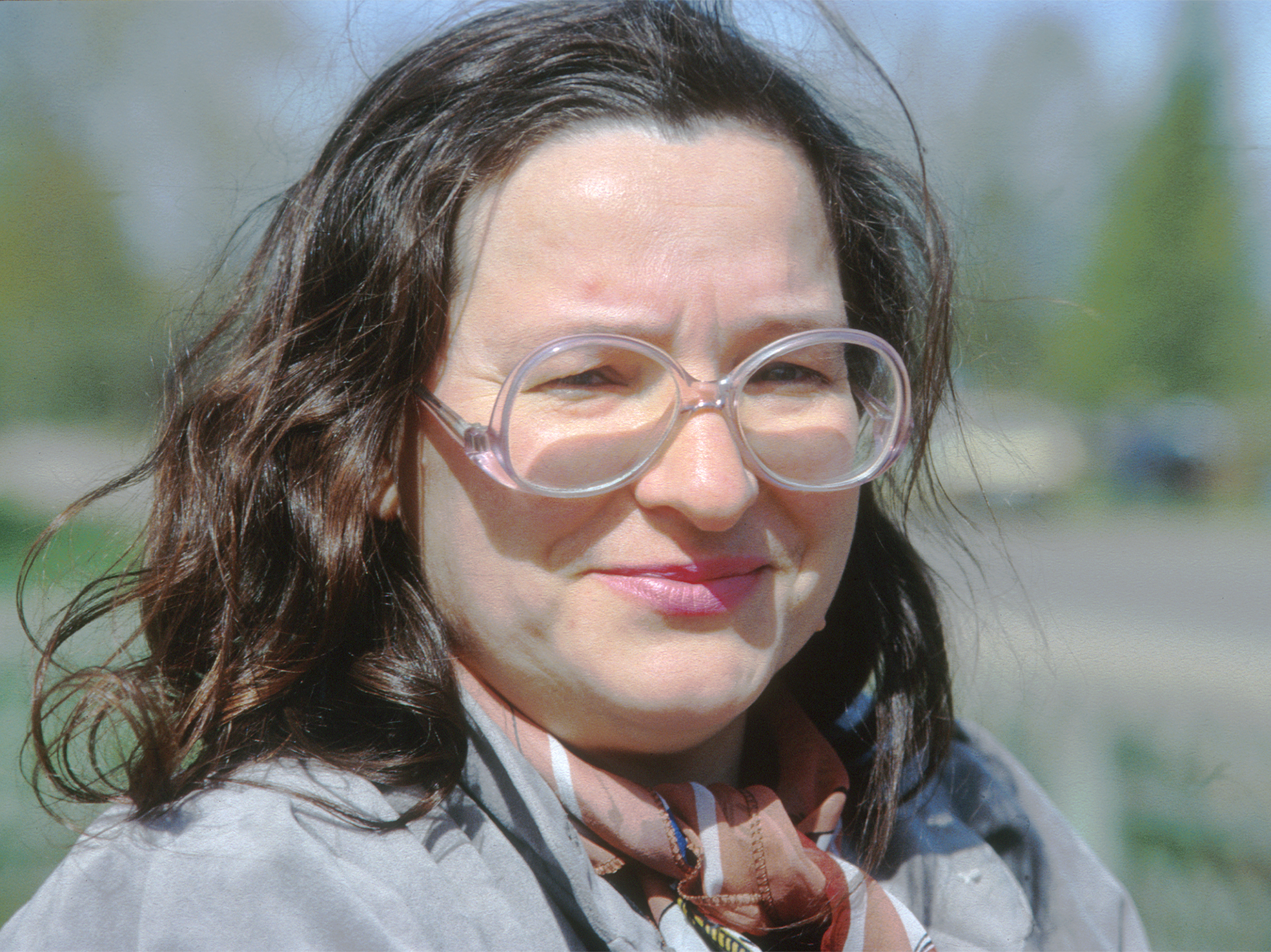
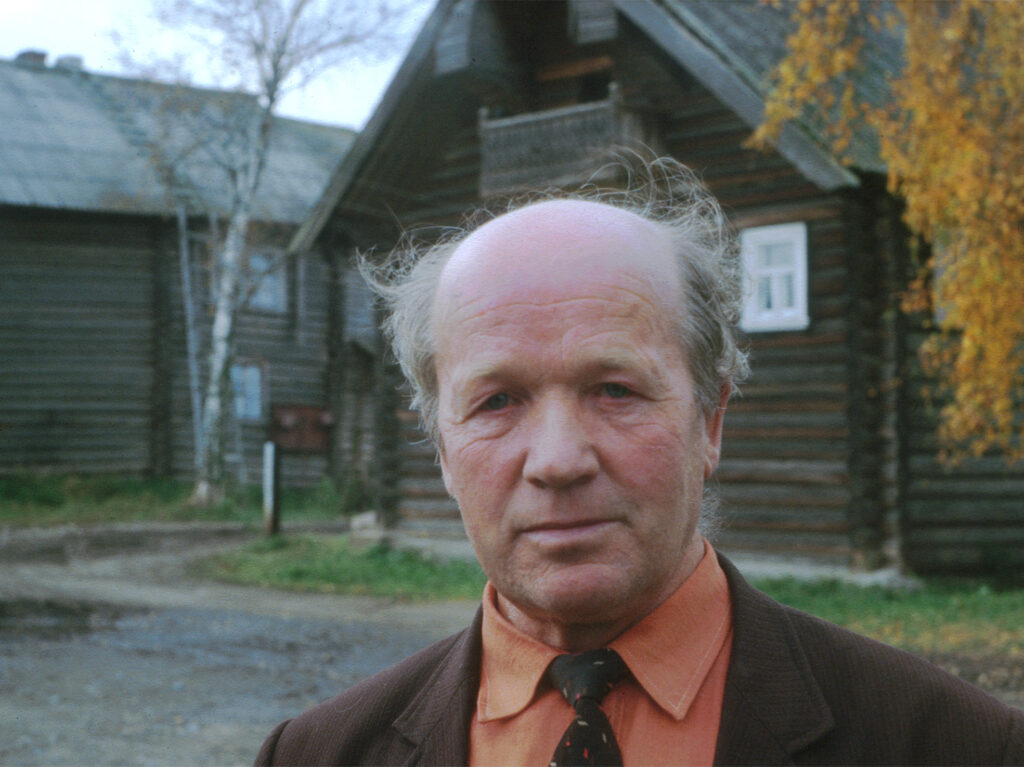
Vepsian significant characters
The Vepsian folklorist Rürik Lonin (1930-2009) started to collect the folklore and the traditional artefacts of Northern Vepsians even before the perestroika and the glasnost. He founded Soutjärvi Vepsian Museum which today bears his name. The museum has been officially active since 1967. Lonin worked as its Director until 2001. In the 1980s, he began teaching children Veps in clubs and at the end of the same decade worked as a Veps teacher at Soutjärvi School. He wrote several books and was a member of the Vepsian Folk Choir in Soutjärvi. He is considered the most significant Vepsian local influencer of his time.
Read Rürik Lonin's memoirs Childhood destroyed by the war (in Finnish).
Vepsian significant characters
The most famous Vepsian author is Anatoli Petuhov (2.11.1934-30.8.2016), born in the Vologda region. Although he used Russian, he wrote about the Vepsians. Already during the Soviet era, he was one of the most important writers in all of Russia and received several awards for his writings. He attended the First World Conference of Vepsian Writers in 2002 at Juminkeo and discussed with his colleagues in Veps. The Second World Conference was held in his current hometown, in Vologda.
In the photo: Anatoli Petuhov (on the left) and Markku Nieminen
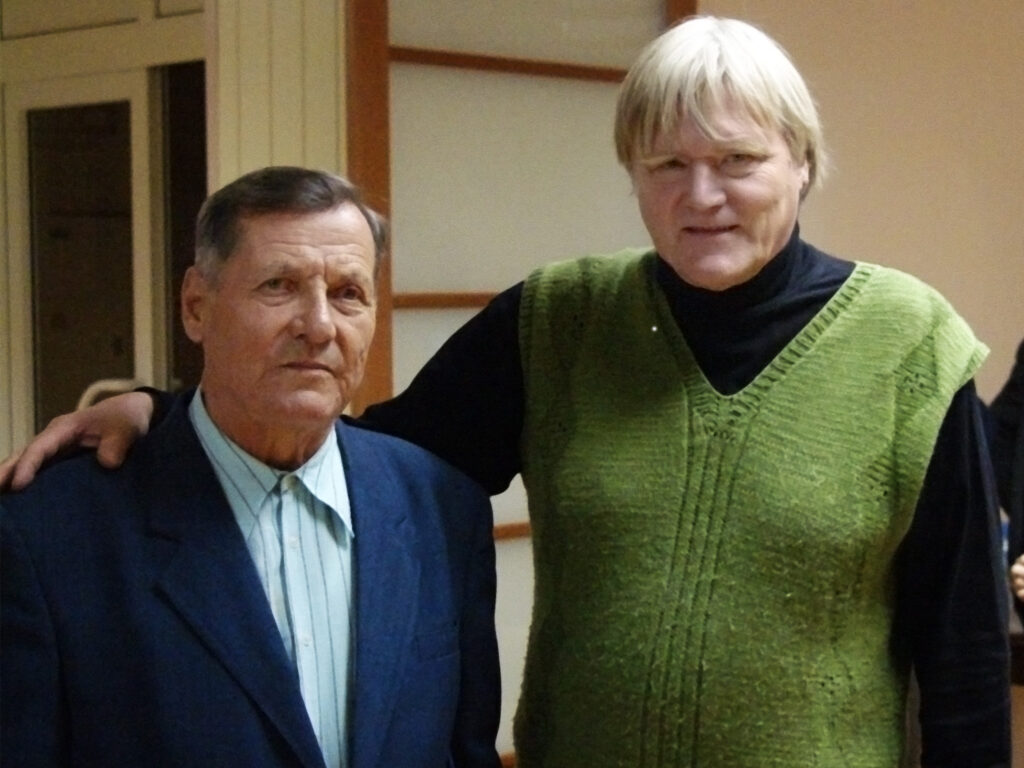
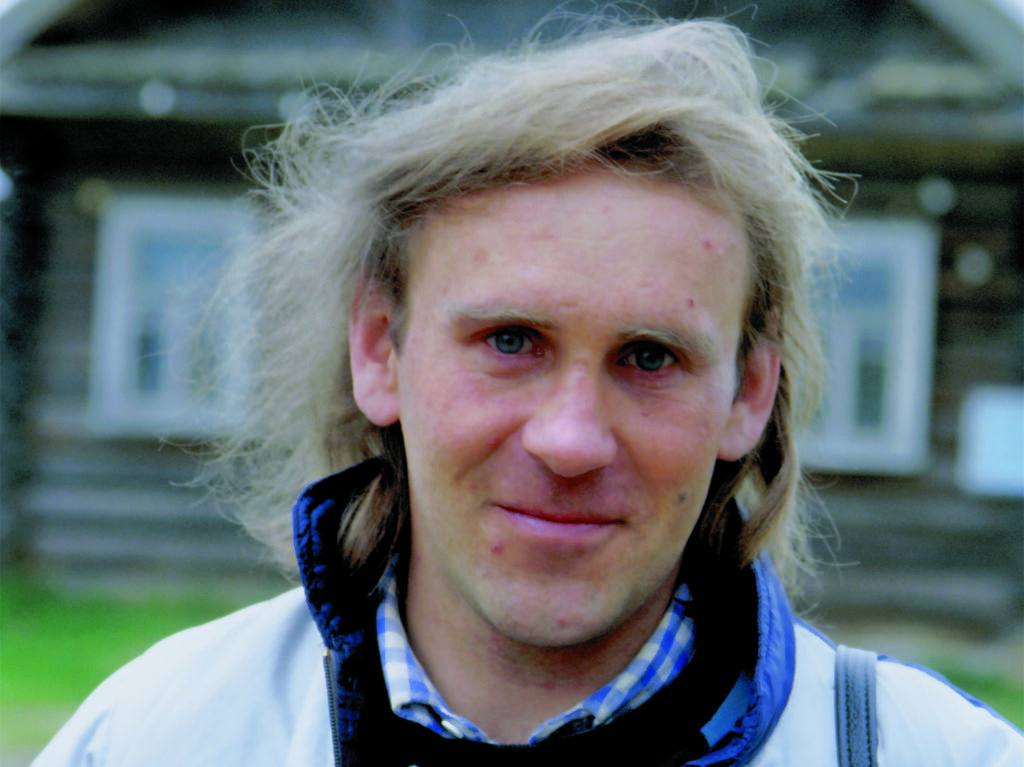
Vepsian significant characters
The poet Nikolai Abramov (24.1.1961-23.1.2016) became a classic of Vepsian literature at an early age. He wrote the first fiction book in Veps, Koumekümne koume, a poetry book published in 1994. After that, he published other poems and worked as an editor for the Vepsian magazine Kodima. His poems have been translated into several languages. He himself translated into Veps some Russian classical poets. In his final years, he also worked as a photographer and starred in a film about Vepsians.
Vepsian significant characters
Born in the village of Šoksu among the Northern Vepsians, Raisa Lardot and her family moved to Finland during the war in the 1940s. Her career as a writer began in the 1970s. She became famous for her work Ripaskalinnut about her childhood as a Vepsian. In other books she has been dealing with themes involving Vepsians and, more broadly, immigration.
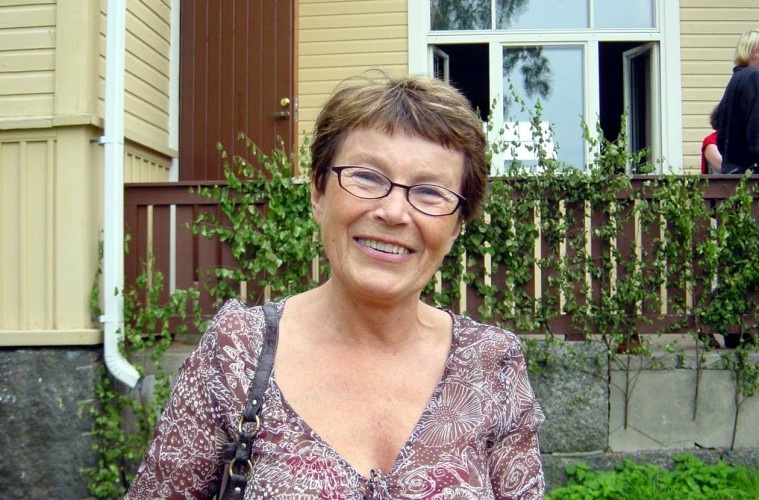
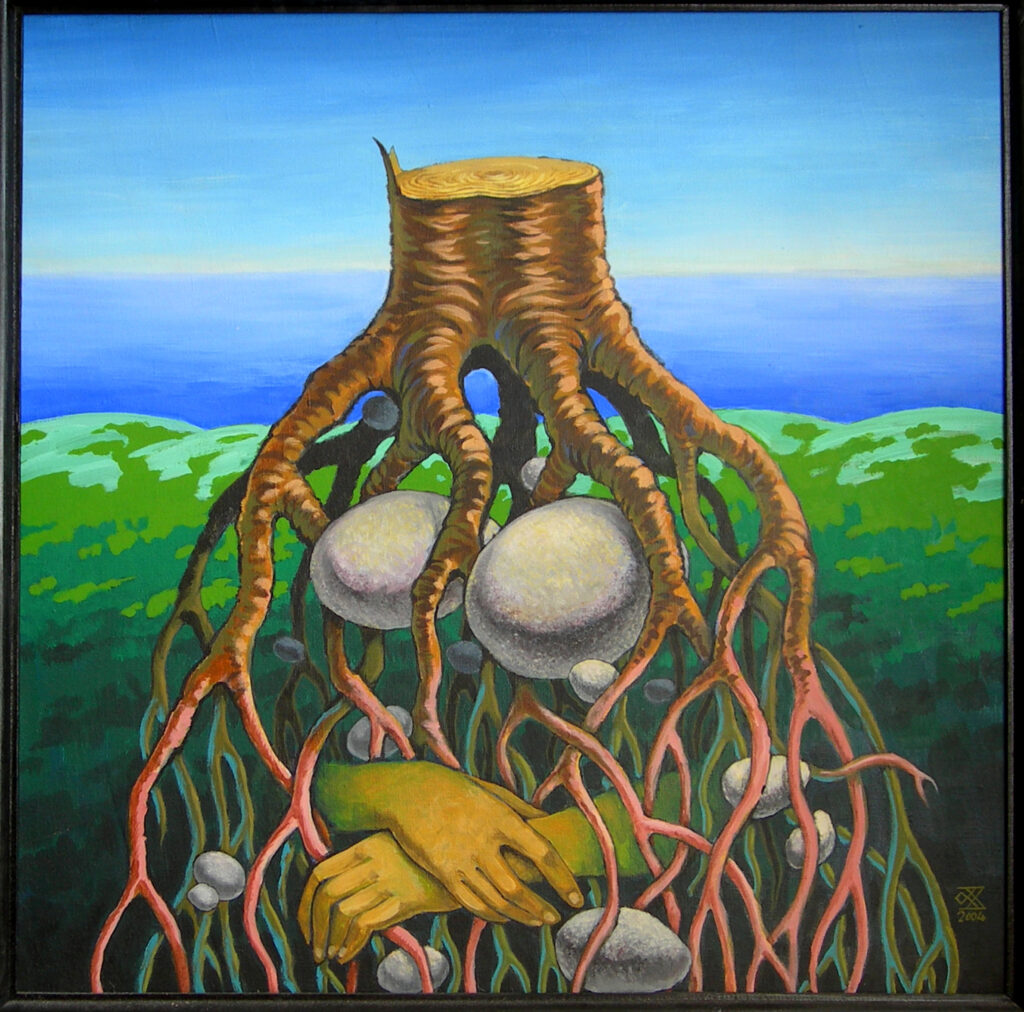
Vepsian Year at Juminkeko
Every ten years (1992, 2002, 2012), Juminkeko has held the Vepsian Culture Year. New books in Veps have been published, research trips have been organized as well as thematic exhibitions, seminars and celebrations in cooperation with several Vepsian cultural actors and friends active in Karelia, Leningrad and the Vologda region.
In 2022, Juminkeko together with the Vepsian Cultural Society (Petrozavodsk) and in cooperation with the Karelian cultural authorities will organize various events both in Finland and in Karelia. The main event of the year is the publication of the Kalevala in Veps (translator: Nina Zaitseva).
